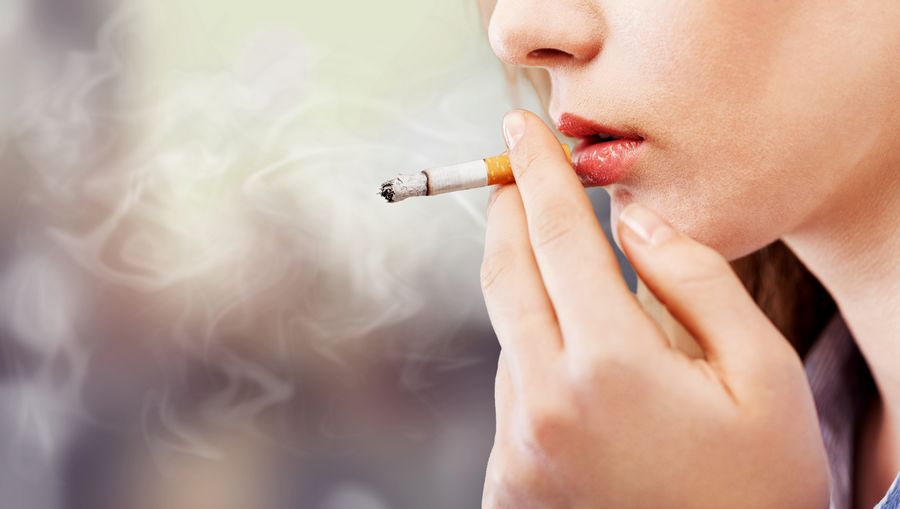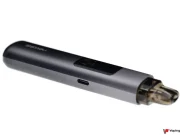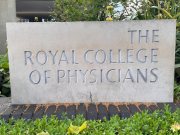The compiled data indicated that teenagers who started smoking at age 14 (which is a known common age for seasoned smokers to have started smoking) had significantly less grey matter in a section of the brain, the left fore brain. This area is linked to decision-making and rule-breaking and grey matter is the brain tissue that processes information.
This part of the brain tends to reach full growth right before adolescence, and the researchers believe that a low grey matter volume in this area may be an “inheritable biomarker” for nicotine addiction. The good news is that this information could be used to design appropriate prevention and treatment programmes.
Meanwhile, the research also detected a loss of grey matter in the opposite side of the brain (the right forebrain) in smokers. The researchers believe that while a lack of grey matter in the left side of the brain led to the smoking habit, in turn the smoking led to loss of grey matter on the right side.
The team argue that less grey matter in the left forebrain could lower cognitive function and lead to disinhibition, impulsive, rule-breaking behaviour arising from a limited ability to consider consequences. This may increase the chances of smoking at a young age.
On the other hand, once the nicotine addiction is in place, grey matter in the right frontal lobe shrinks. This may weaken control over smoking by instigating a ‘hedonic motivation’: the way pleasure is sought and managed. Excessive loss of grey matter in the right brain was also linked to binge drinking and marijuana use.
To this effect, the research team believes that they have come across a damaged “neurobehavioral mechanism” which can lead to early nicotine initiation and sustained addiction.
Meanwhile, researchers at the University of Florida in Gainesville may have figured out why the combination of smoking and drinking coffee is considered ideal by many. This particular study was able to identify two coffee compounds that appear to directly affect highly sensitive nicotine receptors in the brain. In smokers these tend to be more sensitive after a long night without nicotine. Hence the research team believes that this may explain why smokers tend to feel the need to drink coffee more than non-smokers.
Nicotine activates the brain’s pleasure pathway
Other studies looking into nicotine withdrawal found that when nicotine enters the bloodstream, it activates the reward and pleasure circuits in the brain by boosting the levels of the “feel-good” neurotransmitter dopamine. The substance is also known to affect areas of the brain which regulate breathing, memory (enhancing it), appetite, and heart rate, and the brain can quickly become addicted to this stimulatory effect.
Additionally, smokers tend to smoke when they are socializing with friends, when they are bored, when they need a pick me up and so on. Years of doing this conditions one’s brain to associate smoking with pleasure, hence why the psychological withdrawal symptoms of nicotine are hard to overcome, despite overcoming the physical ones.




![Recent Conference Urged Nations Worldwide to “Quit [Smoking] Like Sweden”](https://www.vapingpost.com/wp-content/uploads/2024/04/vape-conference-238x178.png)




![Recent Conference Urged Nations Worldwide to “Quit [Smoking] Like Sweden”](https://www.vapingpost.com/wp-content/uploads/2024/04/vape-conference-180x135.png)


